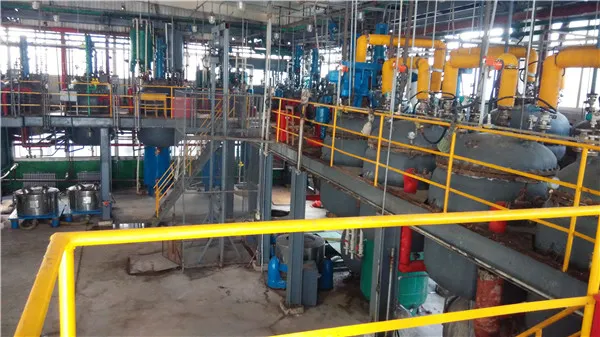The Role of Chemicals in Water Treatment Ensuring Safe Drinking Water
Water is a vital resource for all forms of life, and its treatment is crucial in ensuring its safety for human consumption and environmental health. The process of water treatment involves various stages, each designed to remove contaminants and make water suitable for drinking and other uses. A significant aspect of this process is the use of chemicals, which play essential roles in coagulation, disinfection, and pH adjustment. This article explores the various chemicals commonly used in water treatment and their functions.
Coagulants and Flocculants
One of the first steps in water treatment is the removal of suspended solids and impurities, which can cloud water and harbor harmful pathogens. Coagulants, such as aluminum sulfate (alum) and ferric chloride, are commonly added to water to facilitate this process. When these chemicals are introduced, they cause tiny particles to clump together, forming larger aggregates called flocs. These flocs can then be easily removed through sedimentation and filtration processes.
Flocculants, such as polyacrylamide, may also be applied to enhance the settling of flocs. These substances improve the efficiency of the coagulation process, leading to clearer water and reduced load on downstream filtration systems. By effectively removing particulate matter, coagulants and flocculants play a foundational role in the overall water treatment process.
Disinfectants
Once the water has been clarified, it is essential to disinfect it to eliminate any remaining pathogens that may pose a risk to human health. Chlorination is one of the most common methods of disinfection, whereby chlorine or chlorine compounds such as sodium hypochlorite are added to the water. Chlorine is effective in killing a wide range of bacteria, viruses, and parasites. However, care must be taken to monitor chlorine levels, as excessive amounts can lead to the formation of harmful disinfection byproducts (DBPs).
chemicals used in water treatment

Alternatives to chlorine include ozone and ultraviolet (UV) light. Ozone is a powerful oxidizing agent that can effectively destroy microorganisms without leaving residual taste or odor. UV treatment uses high-energy light to inactivate pathogens. While both methods are effective, they require careful management to ensure that water remains safe until it reaches consumers.
pH Adjusters and Alkalinity Agents
The pH level of water is a crucial parameter that affects the solubility and mobility of various contaminants. Water treatment facilities often use chemicals to adjust pH levels to ensure optimal conditions for disinfection and co coagulation. Common pH adjusters include lime (calcium hydroxide) and sodium bicarbonate, which help maintain a neutral pH level that is conducive to effective treatment.
In addition to pH adjustment, alkalinity agents are used to stabilize pH levels and prevent fluctuations that could compromise the treatment process. Maintaining appropriate alkalinity is vital for controlling corrosion in pipes and ensuring the longevity of infrastructure.
Conclusion
The effective treatment of water relies heavily on the strategic use of chemicals at various stages of the process. Coagulants and flocculants play a critical role in clarifying water, while disinfectants ensure its safety for consumption. Additionally, pH adjusters and alkalinity agents contribute to optimal treatment conditions. As communities continue to address the challenges of water quality, understanding the role of these chemicals is essential in maintaining public health and environmental safety. Ongoing research and innovation in chemical water treatment will be pivotal in adapting to emerging contaminants and ensuring access to clean water for future generations.

